Without horses, we would not have the America we know today.
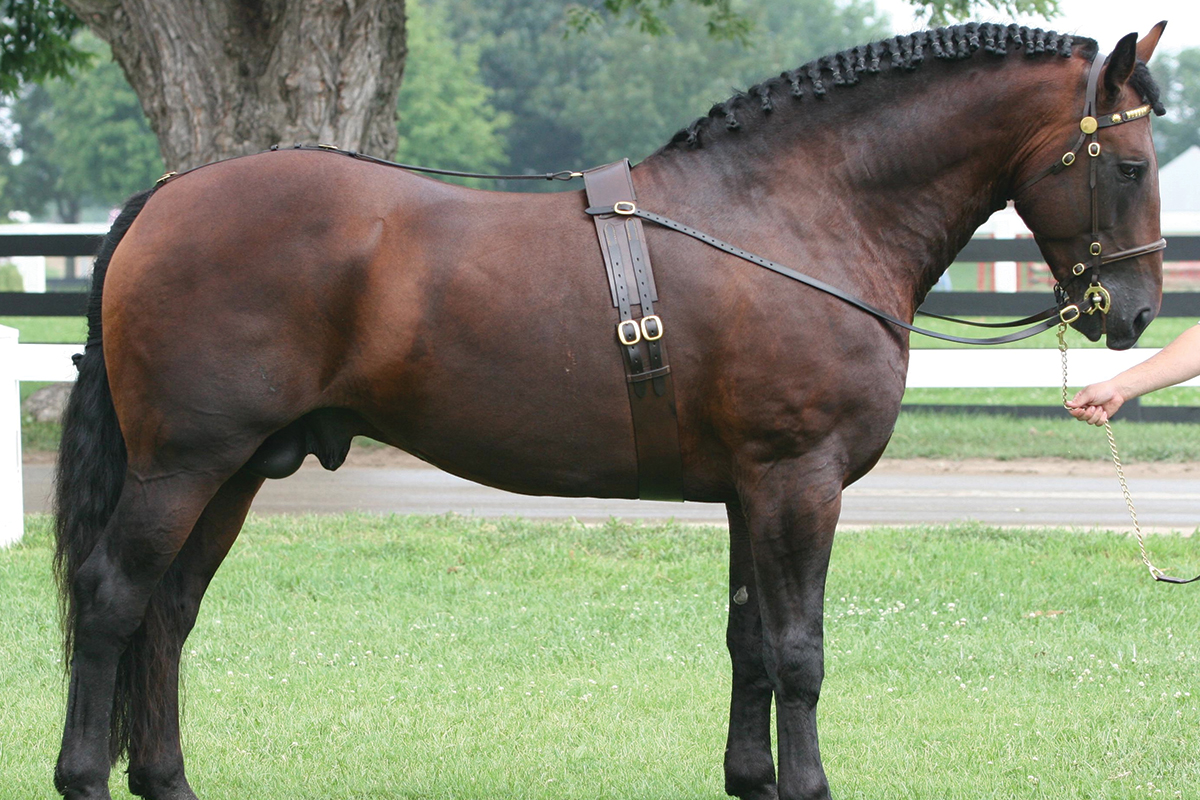
The equines of early America were hardy creatures that often had to fend for themselves. The rugged landscape and challenging climates, combined with scarce food and lack of veterinary care, shaped these horses and donkeys into tough, resilient breeds.
Hundreds of years later, the so-called “heritage” equine breeds are under threat.
Competition from the tractor and automobile, along with two World Wars, helped wipe out equine populations around the world early in the 20th century. While a number of them survived the industrial age, some fared better than others. The heritage breeds that remain are some of the rarest and hardiest equines in the world.
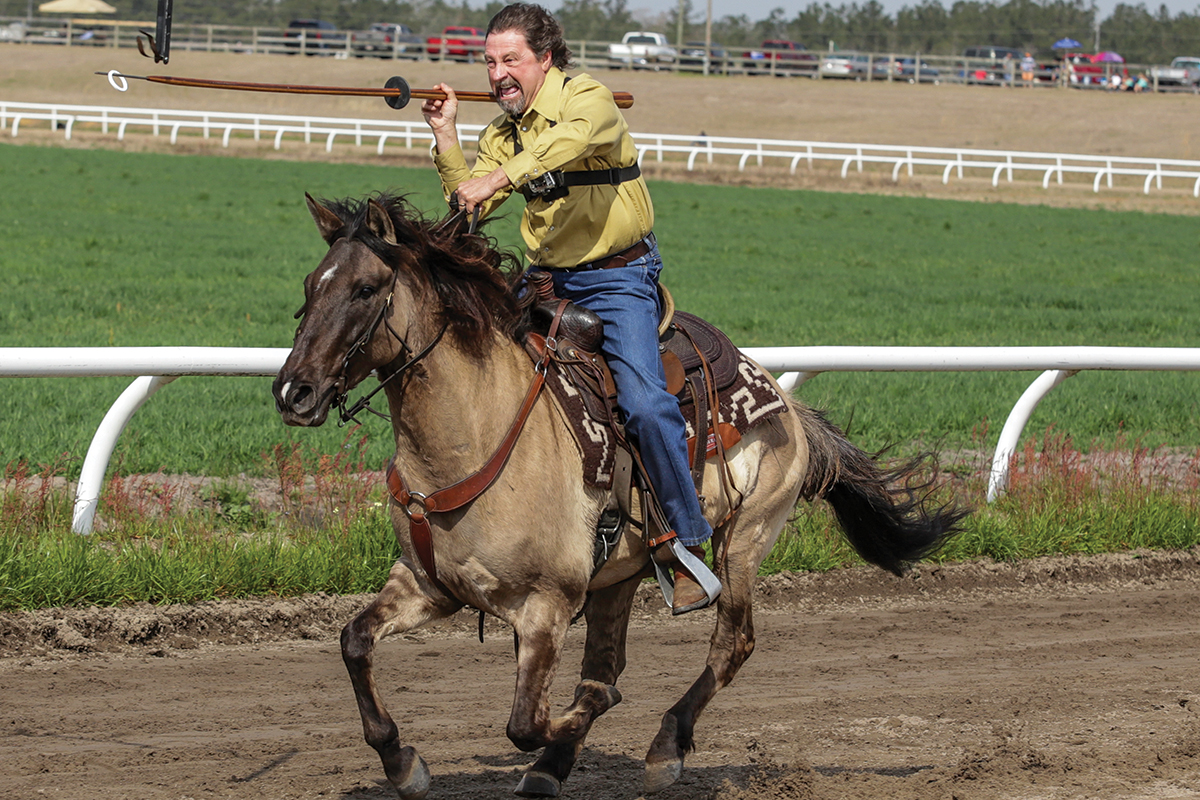
Fight to Preserve
In 2006, the United Nations Food & Agriculture Organization estimated that an average of two domestic animal breeds are lost worldwide each week. In the U.S., The Livestock Conservancy is fighting to stem this tide. One of these efforts spawned the creation of the Endangered Equine Alliance, which held its first summit in 2018.
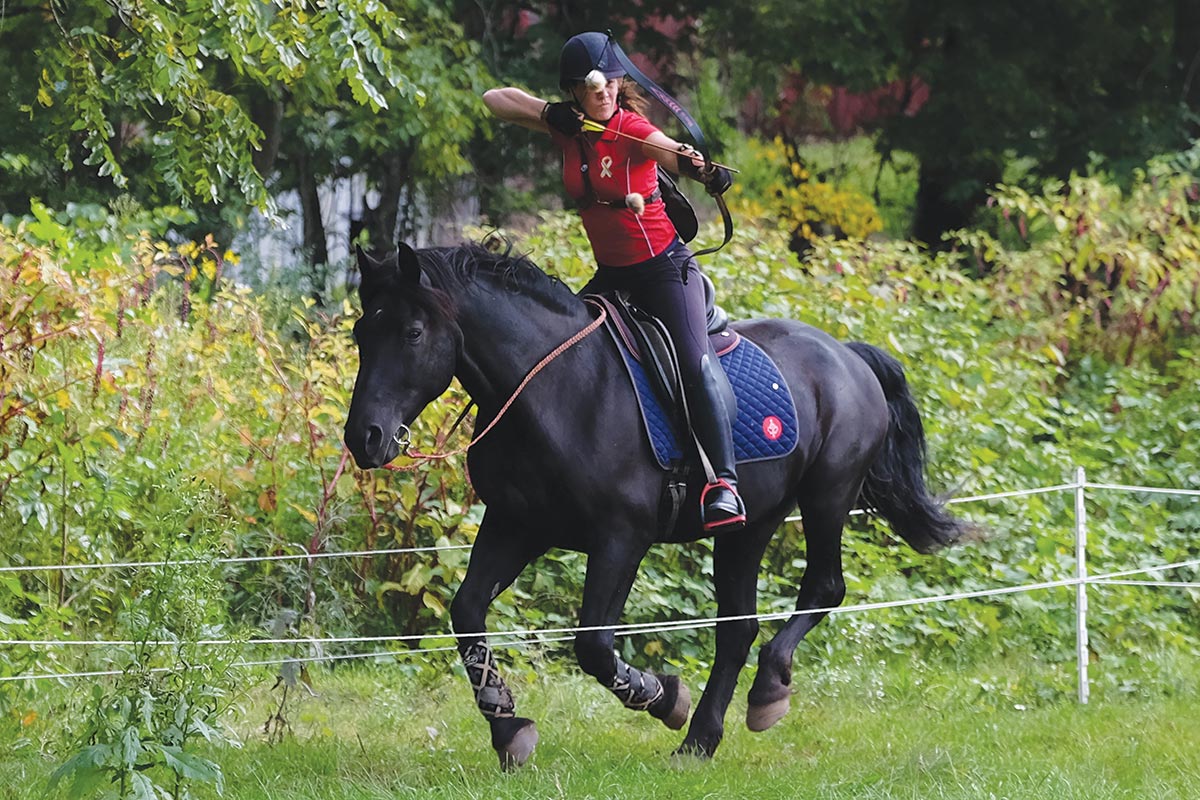
“The Endangered Equine Summit came about in response to a decades-long decline in horse breed registrations, not only for rare breeds, but also for more popular breeds, like Arabians and Saddlebreds,” says Charlene R. Couch, Ph.D., senior program manager for The Livestock Conservancy. “The economic challenges for all equine breeders are significant, but they are even more so for those who breed endangered horses and donkeys.”
According to Couch, ancient breeds such as the Akhal-Teke and Caspian, which have been human partners for thousands of years, are now gravely endangered.
“Even the iconic Cleveland Bay, Clydesdale, and Lipizzan horses are rare,” she says. “And fewer than 100 traditional Morgans—horses whose pedigrees are absent of outcrosses after 1930—were registered in 2016. In our lifetime, we may bear witness to equine breed extinction.”
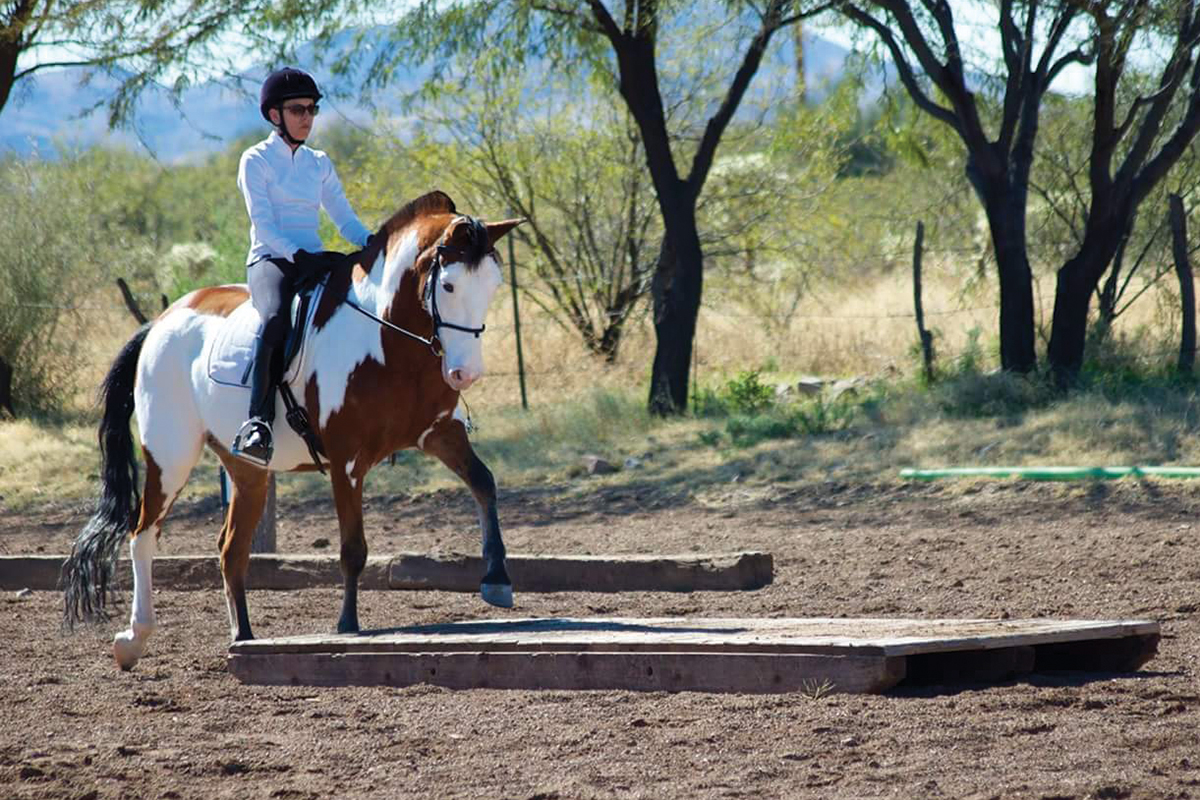
If the history of these breeds isn’t enough to inspire their preservation, their ability to contribute to modern equine gene pools should be.
“Heritage-breed horses are not just useful and beautiful—they are an irreplaceable reservoir of equine genetic diversity,” Couch says. “These animals offer valuable traits that were developed over centuries, such as stamina, unique gaits, hardiness, sound feet, and good skeletal structure. Many were important in the formation of America’s more popular breeds, like the American Quarter Horse. In many cases, the ancestral sources of these heritage breeds no longer exist, and that breed cannot be recreated. They are a true genetic treasure, and every loss could be significant for the future of the horse industry.”
The Endangered Equine Alliance
Shortly after the 2018 Summit, more than 50 equine breed associations, plus scientists, sporting groups, and horse industry representatives united to form the Endangered Equine Alliance. The Livestock Conservancy facilitates the exchange of information among Alliance members and serves as a central outlet for educational resources that support equine breed conservation.
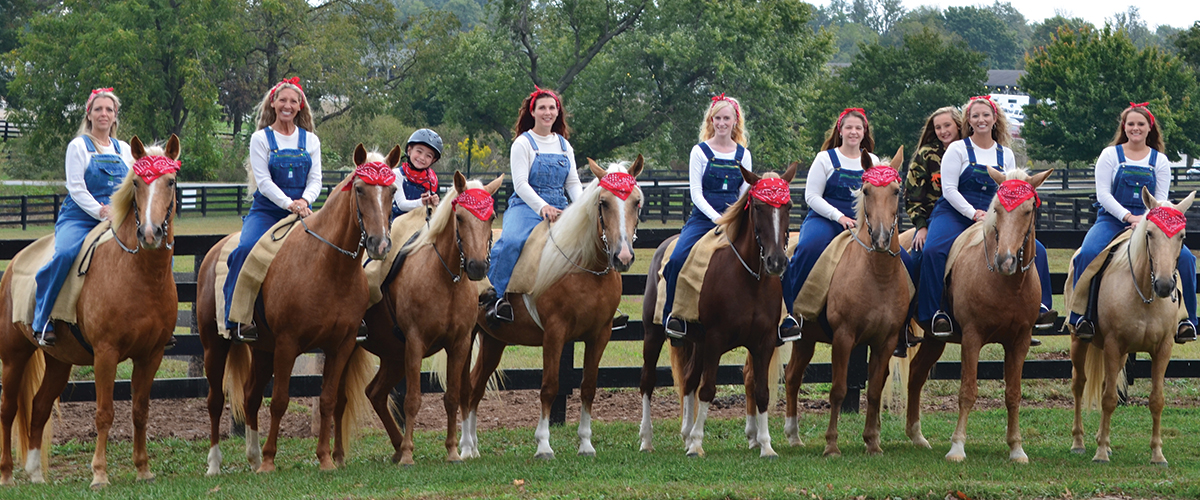
So far, the Alliance has accomplished some significant goals, according to Couch.
“We have created a germplasm bank for endangered horse breeds,” she says. “The collection is a sort of ‘doomsday’ vault of genetic materials for breed conservation emergencies. Through the Alliance’s network, we facilitated the banking of semen from Newfoundland Ponies, the Marsh Tacky, Akhal-Teke, and Caspian horses so far, with other breed collections on the horizon.”
Breeds Needing ConservationThe Livestock Conservancy has placed the following horses on its list of critical and threatened endangered breeds: ◆ Akhal-Teke |
The Alliance has also worked to provide breeders with discounts from companies for semen and tissue collection of endangered equine breeds; published the Manual of Methods for Preservation of Valuable Equine Genetics, designed to help owners learn more about new reproduction technologies and how to use them to save breeds and bloodlines; hosted webinars and question-and-answer sessions with equine experts on DNA testing, advanced reproduction techniques, and marketing; and developed an Endangered Equine Alliance website for sharing articles and links, and a Rare Equine Breeds Facebook group that now has more than 2,000 followers worldwide.
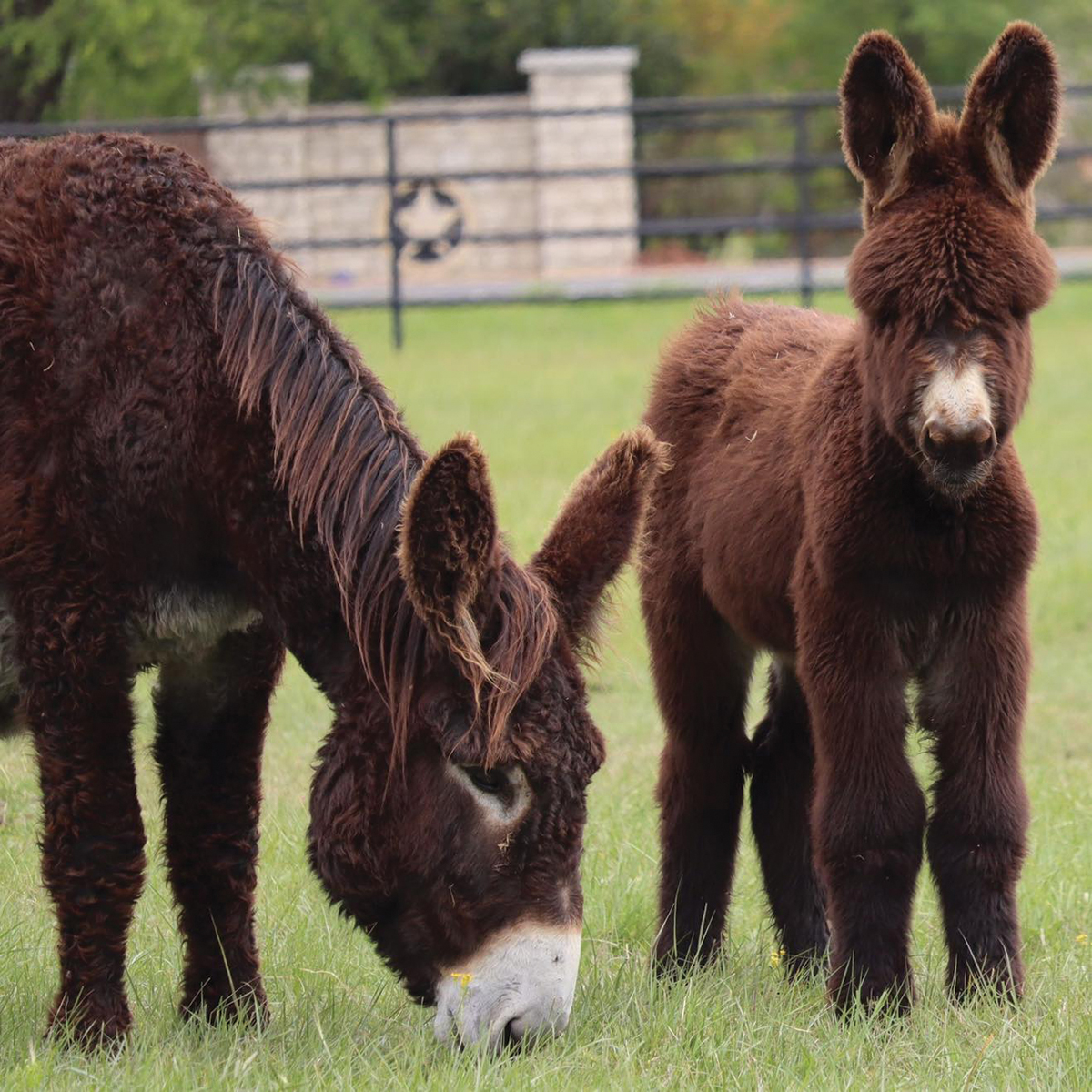
Help from Grants
“The grant enabled The Livestock Conservancy to bring together representatives of approximately 50 endangered horse breed groups for the first summit,” Couch says. “The delegates to the Summit represented thousands of horse owners, and included participants from the U.S., Canada, and the U.K. The group was tasked with identifying the leading causes of equine breed population declines, and deciding [upon] actions that could be taken to stabilize the loss of breeds.”
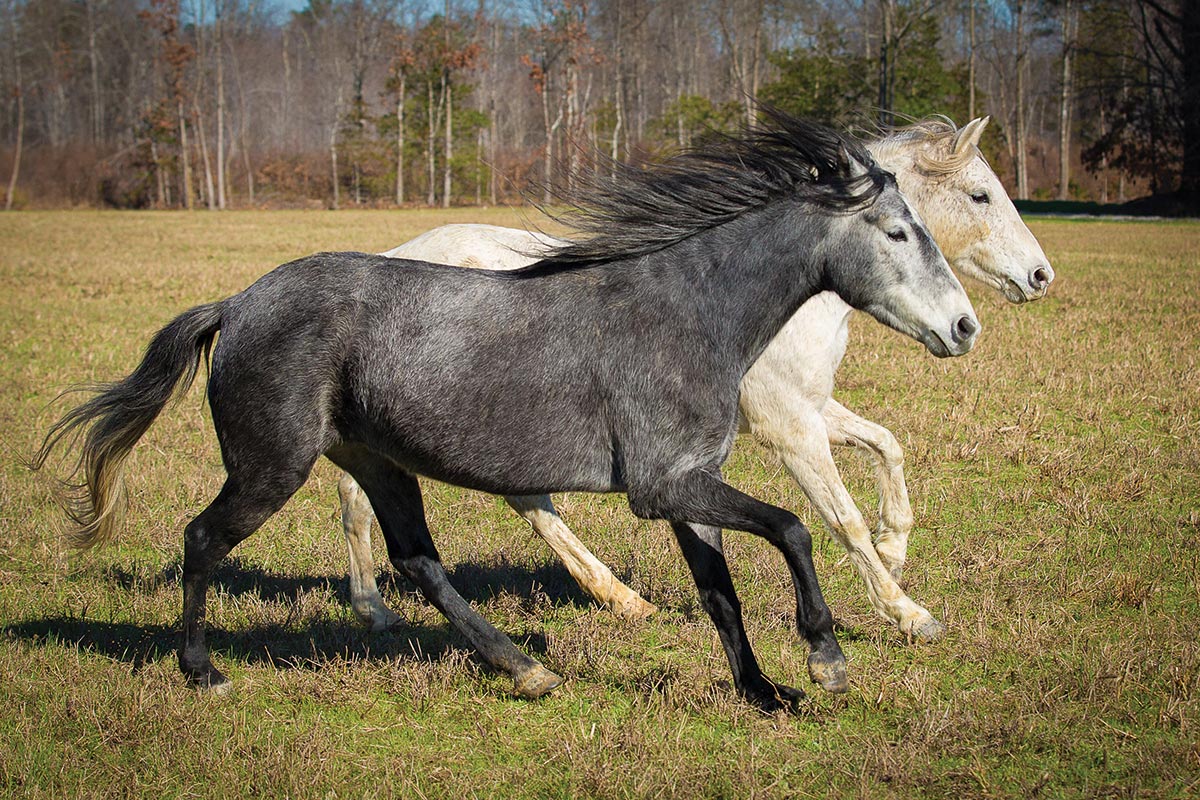
Through the support of the USA Equestrian Trust, experts from the greater horse community, including sporting groups, equine-assisted therapy providers, university scientists, and national associations participated in the Summit. Panelists included partners at the American Horse Council, Texas A&M University, Virginia Tech, Uppsala University, the American Endurance Ride Conference, Natural Lifemanship Equine-Assisted Therapy, Rare Breeds Survival Trust/Stallion AI Services (U.K.), the Arabian Horse Association, the National Animal Interest Alliance, and the National Driving Society.
“The vision and support of the USA Equestrian Trust was crucial in bringing together such a wide representation of members of the equine industry,” Couch says. “Together, the participants saw the potential to accomplish great things by uniting in their efforts to conserve endangered equine breeds.”
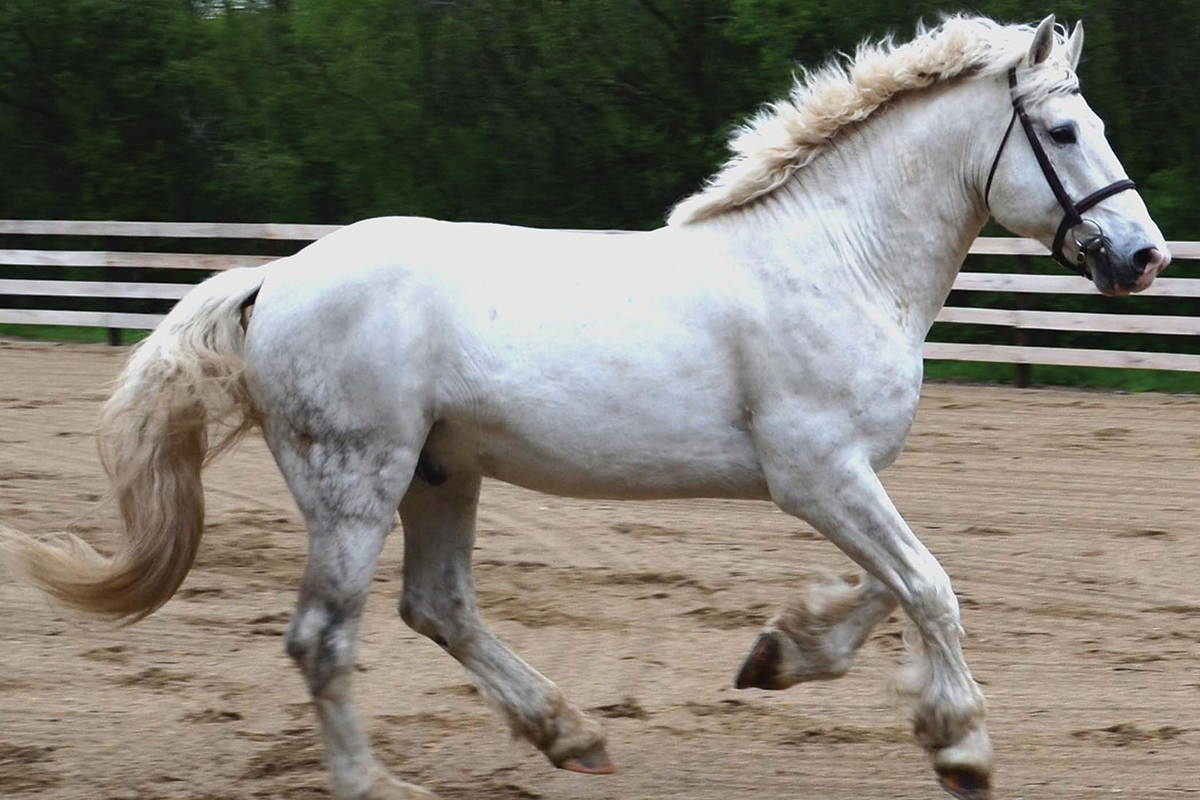
Ongoing Support
In addition to work by the Endangered Equine Alliance, The Livestock Conservancy conducts an annual census of horse and donkey breeds to monitor their population growth and declines.
“We encourage registration of horses so that their numbers can be counted,” Couch says. “We maintain a large list of breeders and breed associations to help owners and enthusiasts connect with each other, share herd genetics, or collaborate on projects.”
The Conservancy also offers a competitive microgrants program to all heritage livestock and poultry growers, including horse and donkey breeders, to help boost their capacity for breeding, raising, and selling animals. They also assist owners in saving germplasm of valuable, rare bloodlines and individuals from breeds on the Conservation Priority List through discounts, networking, and other resources.
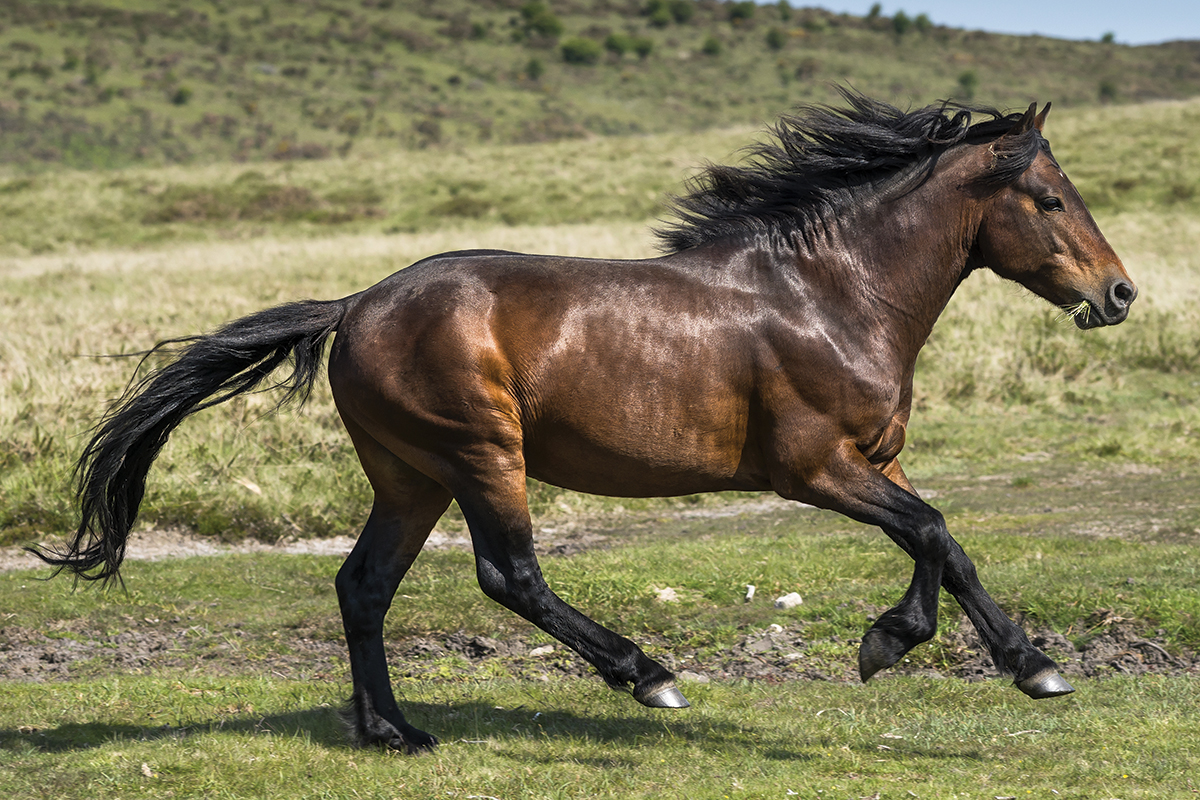
Some current research projects include genetic studies for Suffolk Punch, American Cream Draft horses, and Poitou donkeys, with the goal of uncovering genetic information that will help guide efforts to reduce the risks of inbreeding and support effective conservation.
“The Livestock Conservancy is all about education, research, and networking of owners and breeders so that we can safeguard the future of important breeds,” Couch says. “Together with owners, breeders, and the equine community, we want to move the needle for each breed, and make a meaningful contribution to its long-term survival.”
For more, visit www.livestockconservancy.org/aboutus/endangered-equine-alliance.
A Word from the American Morgan Horse Association President We want your readers to know America’s oldest breed, which began with the birth of the colt known as Figure in 1789, is thriving today. Your article references the inventory kept by The Livestock Conversancy when it states, “…fewer than 100 traditional Morgans—horses whose pedigrees are absent of outcrosses after 1930—were registered in 2016.” The accompanying table also listed “Morgan (traditional)” among “Breeds Needing Conservation.” The term “traditional” is a designation of the Livestock Conversancy, not of the Morgan Horse Registry. The term “traditional” does not describe an entire breed, it refers to specific bloodlines within the larger breed. It is our experience this statistic is often misconstrued by the general public. Last year saw 2,011 new registrations of purebred Morgans, up more than 13 percent from 2020. For comparison, this figure is very close to the number of newly registered Arabians in the United States and significantly higher than new registrations of American Saddlebreds. More than 2,600 mares were bred in 2021, a 9.4 percent increase from the previous year. There are as many as 70,000 living Morgans. Breeding activity is fueled by a healthy demand for this versatile breed. As the longtime recorder of purebred registrations, AMHA celebrates our unique breed, its bloodlines, colors, and the diverse disciplines in which it performs. The Morgan horse is not endangered. Sincerely, |
This article about saving endangered horse breeds appeared in the March 2022 issue of Horse Illustrated magazine. Click here to subscribe!





